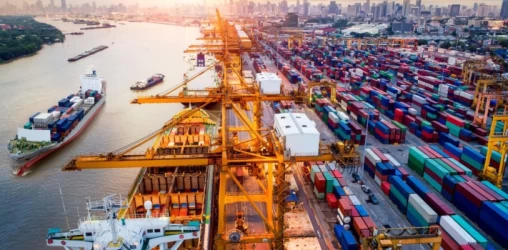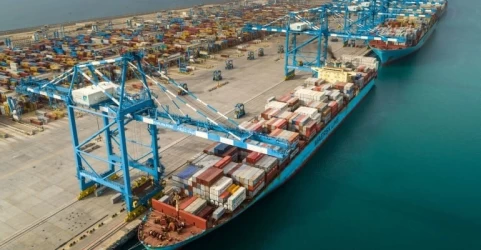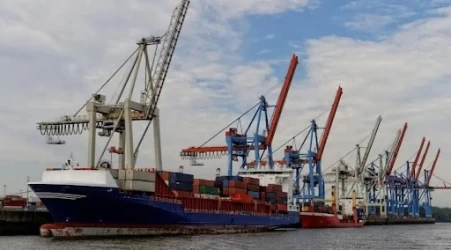Sea Freight in the Port of Durban
The Port of Durban, also known as Durban Harbour, is the largest and busiest shipping terminal in sub-Saharan Africa. It plays a crucial role in the global maritime industry, handling a significant volume of sea freight annually. This article delves into the various aspects of sea freight operations at the Port of Durban, highlighting its infrastructure, services, and economic impact.
Historical Background
The Port of Durban has a rich history dating back to the early 19th century. Initially established as a trading post, it has evolved into a major maritime hub. Over the years, the port has undergone numerous expansions and upgrades to accommodate the growing demands of international trade.
Infrastructure and Facilities
The port boasts state-of-the-art infrastructure, including 58 berths operated by more than 20 terminal operators. It spans an area of 21 kilometers and features extensive rail and road networks to facilitate the smooth movement of goods. Key facilities include:
- Container Terminals: The port has multiple container terminals, with the capacity to handle approximately 4.5 million TEUs (Twenty-foot Equivalent Units) annually.
- Bulk Cargo Terminals: These terminals are equipped to handle various bulk commodities such as coal, grain, and minerals.
- Automotive Terminals: The Durban Car Terminal, established in 1998, has significantly expanded to accommodate up to 60,000 vehicles per year.
- Cruise Terminals: The port also serves as a popular cruise destination, with facilities to accommodate large cruise ships.
Sea Freight Services
The Port of Durban offers a wide range of sea freight services, catering to both import and export needs. These services include:
- Full Container Load (FCL): This service is ideal for businesses that need to ship large volumes of goods. Containers are filled and sealed at the point of origin and delivered directly to the destination.
- Less than Container Load (LCL): For smaller shipments, LCL services allow multiple consignments to be consolidated into a single container, reducing costs.
- Break Bulk Cargo: This service is used for oversized or irregularly shaped cargo that cannot be containerized.
- Ro-Ro (Roll-on/Roll-off): This service is specifically designed for the transportation of vehicles and heavy machinery.
Economic Impact
The Port of Durban is a vital economic engine for South Africa. It generates more than 60% of the country’s port revenue and supports thousands of jobs. The port’s strategic location on the Indian Ocean makes it a key gateway for trade between Africa, Asia, and Europe.
Challenges and Future Prospects
Despite its significance, the Port of Durban faces several challenges. These include congestion, infrastructure maintenance, and competition from other regional ports. However, ongoing investments and modernization efforts aim to enhance the port’s capacity and efficiency.
Conclusion
The Port of Durban remains a cornerstone of South Africa’s maritime industry. Its extensive infrastructure, diverse services, and economic contributions underscore its importance in global sea freight operations. As the port continues to evolve, it is poised to maintain its status as a leading maritime hub in the Southern Hemisphere.
Would you like to know more about any specific aspect of the Port of Durban?











